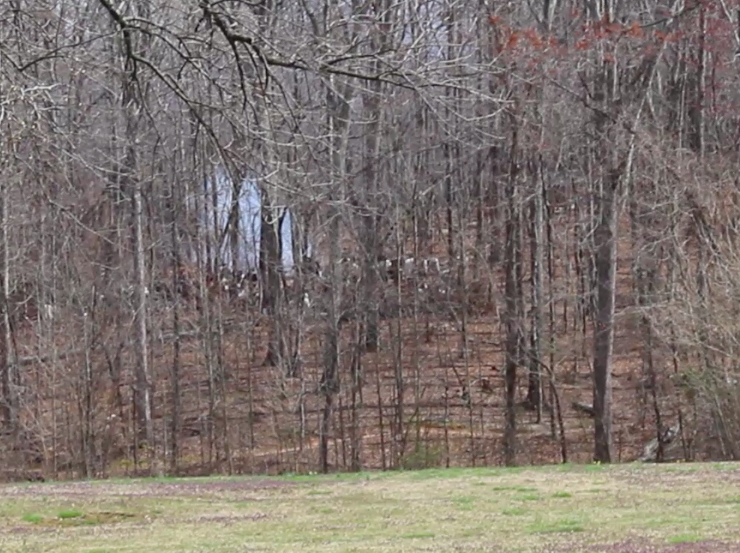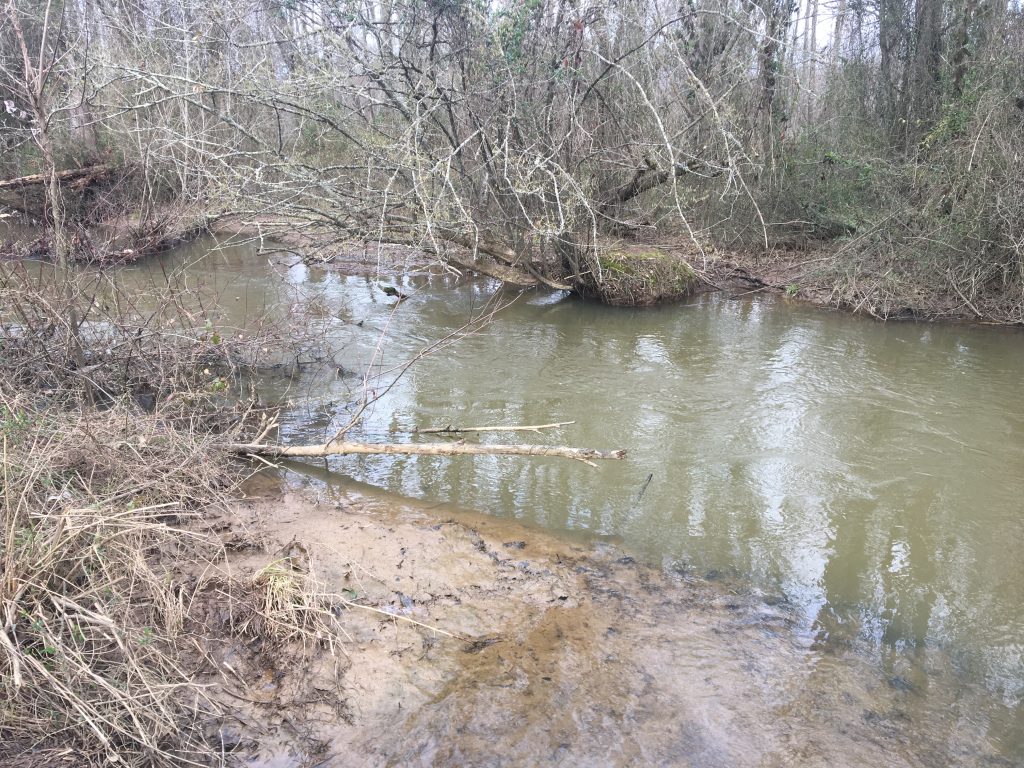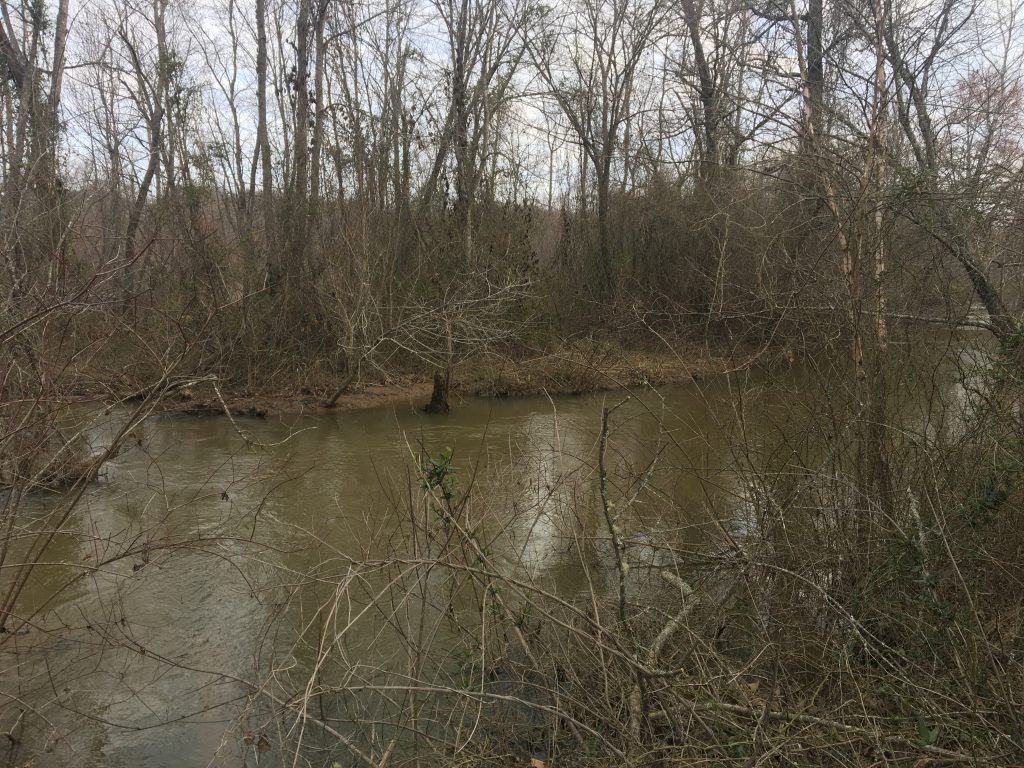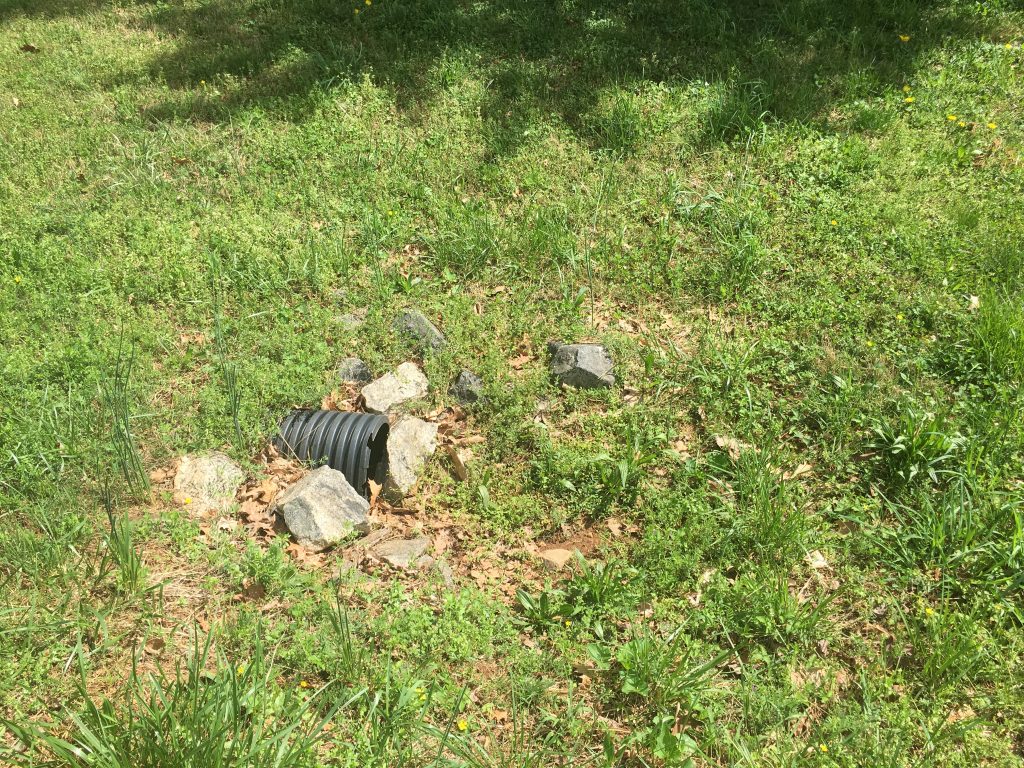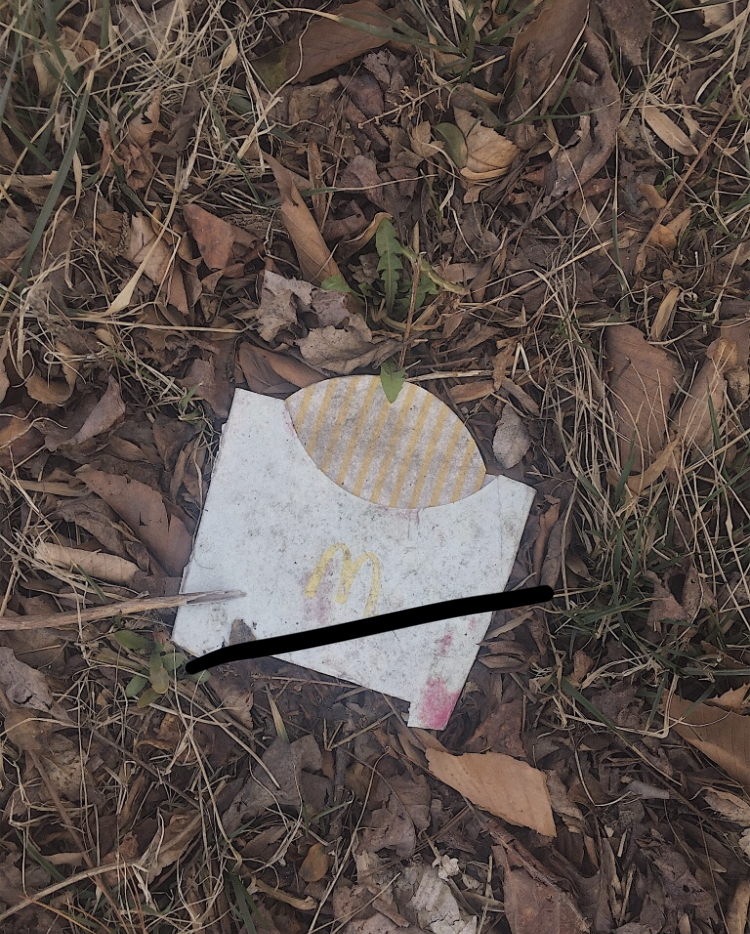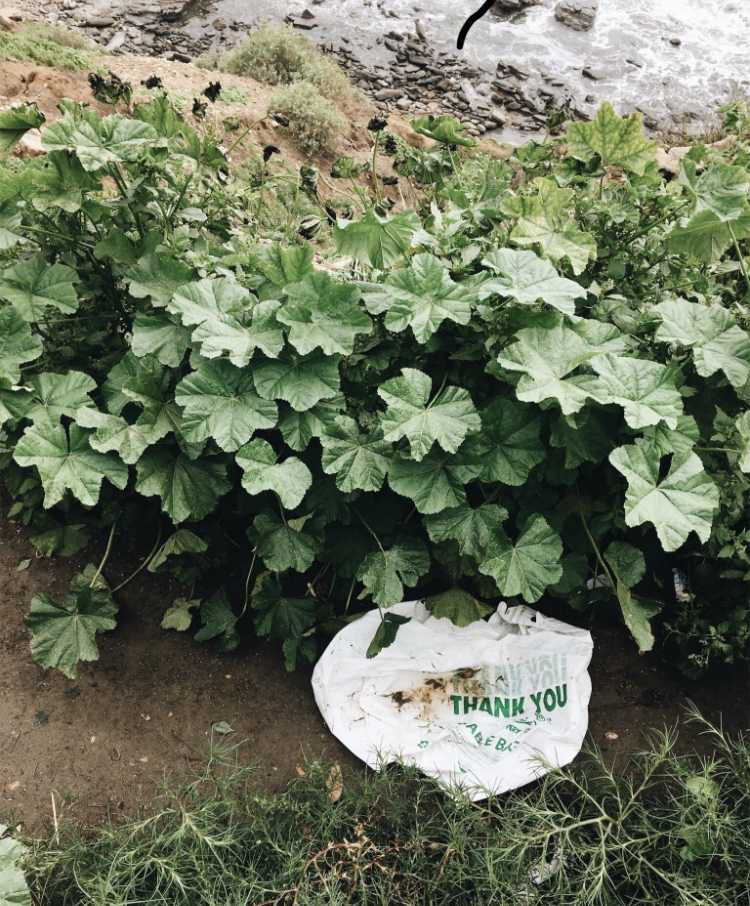I winced as my beloved sneakers sank into the mud, instantly recalling the torrential downpour less than 12 hours ago. In an attempt to escape the sound of rain aggressively beating down on my bedroom window, I had turned the music playing through my headphones up as much as my eardrums could handle, but here I was, temporarily falling back into that very night. While the intensity of the rain had terrified me at first, I was now thankful for the freshness it created in the air. The thick coat of pollen had been rinsed off every still object outside, and the Sun came back, outshining the clouds and sending them away. It was, quite simply put, a beautiful day outside.
My biology class let out a few minutes early and I encountered two of my friends of the way out, friends that happened to be my partners for a Spanish project. Naturally, they wanted a quiet place for us to practice our script, so I directed them towards the Guilford Lake. The stress of memorizing several pages of dialogue was, at least in part, mitigated by the fabulously warm and inviting weather outside. The grass was somehow greener and various colorful flowers were in bloom, making this decision to be outside feel like the only valid option!
As we crossed the bridge (which thankfully is much easier to cross than the old one in place a year or two ago), my eyes were drawn to the magic of the scene before me. The murky lake had transformed into a mirror for the trees above it, capturing their reflection and intensifying the tranquility of the setting. Even the trees themselves had been transformed: spring had arrived and it came bearing countless hues of green, some as dark as the night and others as fresh as a lime.
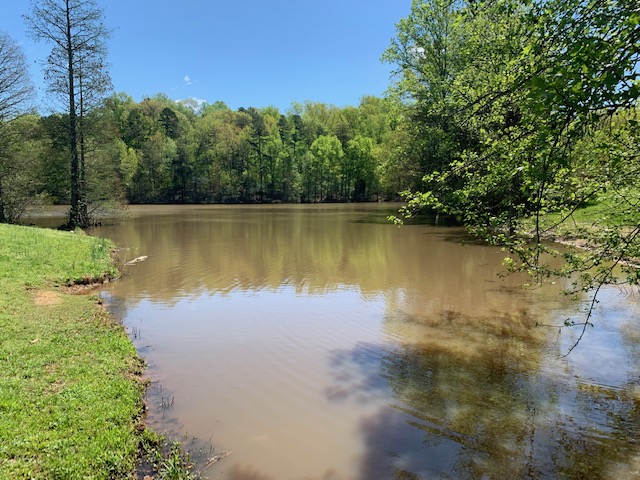
I even saw green in the feathers of one of the residential Muscovy ducks. The intense emerald colors were shining in the light: the world really isn’t set in black and white. Nearby the ducks were a small family of turtles. Well, they may not have been a family, but three or four turtles were all relaxing outside the water, basking in the Sun. While two of them spooked easily, I had the opportunity to see the third one up close (an opportunity I did not have the last time I saw the turtles at the lake.

I believe this turtle was a yellow-bellied slider, maybe even the one I had seen the first time around! Inching closer toward its convenient sunbathing spot, I could point out the short grooves spanning its shell. On the top, however, the turtle seemed to be peeling. This concerned me until I did my research and learned that this is an important part of their lives. Peeling removes the dirty layer of plating on the turtle, exposing a fresh layer allows them to absorb heat when they are basking and raise their bodily temperature. I was just glad the turtle was doing okay.

On our outing, I decided to stop by the Eastern red cedar I had pointed out in my earlier posts. Walking past the wisteria covered trees, I once again encountered the magnificent tree, and spotted one of its signature small, blue, imposter berries, as these are actually seed cones. I find myself coming back here every time… I might even call it my “spot”. Its bark seems ready to shred apart, as characteristic of Eastern red cedars, and its dense branching structure provides the perfect amount of shade for a weary student just looking for a quiet place to be. It speaks to me like a guardian of the woods, inviting passersby to stroll along the yellow brick road of these woods. Sadly, I had to retreat back into the main portion of the campus, so I said goodbye to the tree and walked away, the memory of my interaction with it still fresh in my mind.

The seed cone of the Eastern red cedar 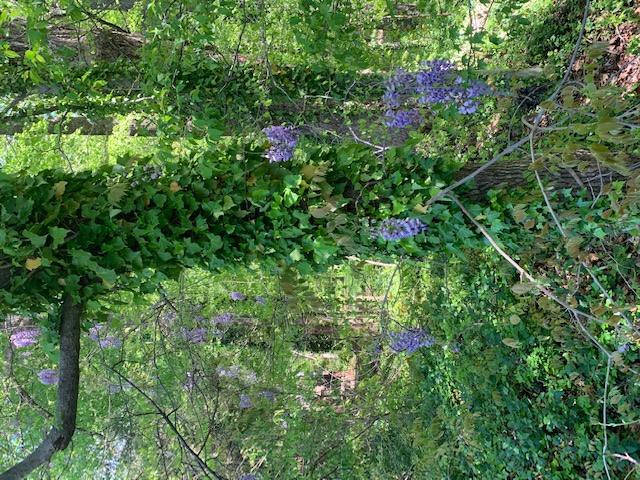
Wisteria growing on trees in the forest 
The bark of the cedar tree



